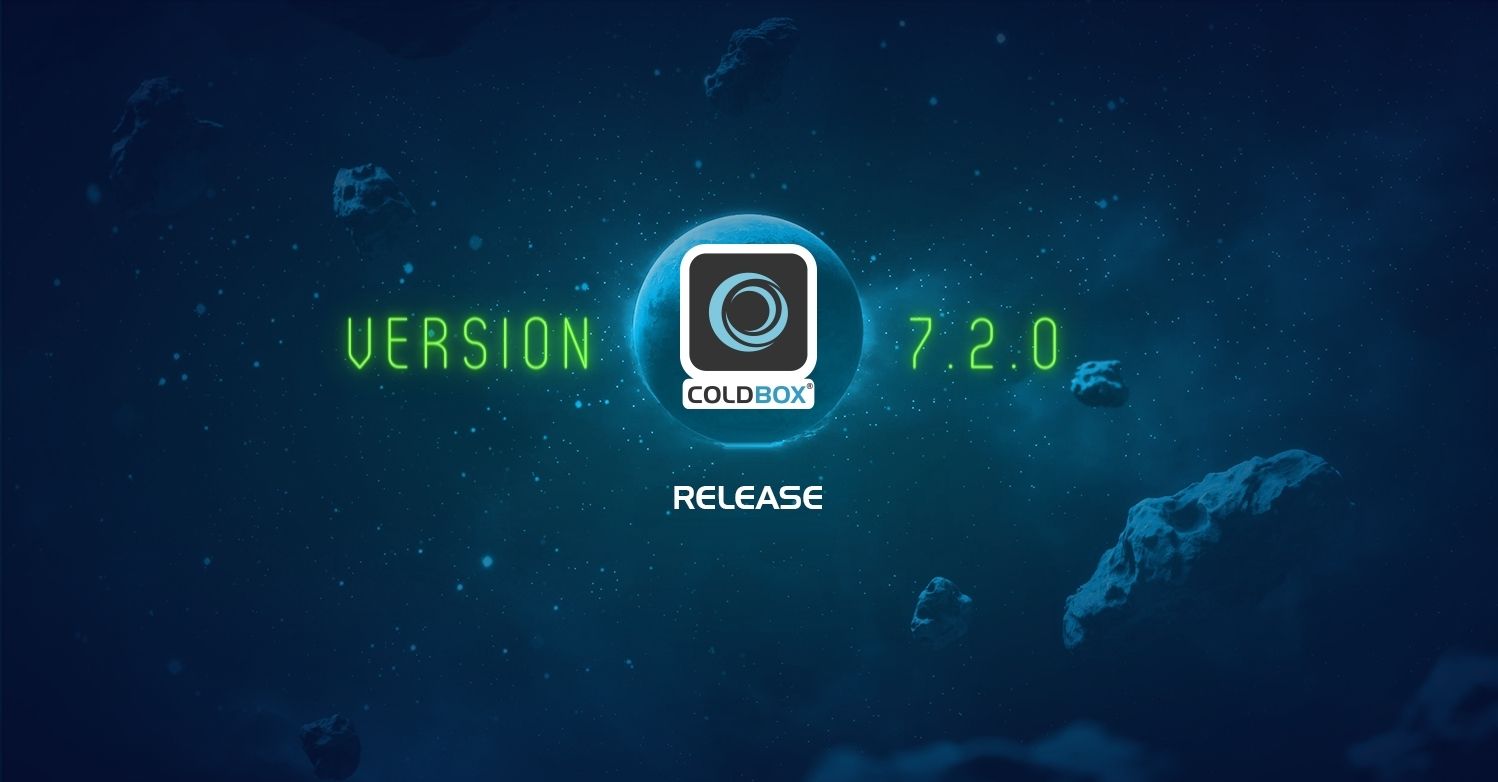This issue has comed up several times in our mailing lists, so why not expand a little with a blog post.
The Problem
Many developers working with TestBox love the BDD approach to spec design. Once they get familiar with the syntax they start getting funky! It is just natural! Since they are coding within a CFC they decide to create dynamic it() or specs by iterating over some type of data collection (queries,arrays,structs). The first iteration of the code might look like this:
1 2 3 4 5 6 7 8 9 10 11 12 13 14 15 16 17 18 19 20 21 |
// Complex Examplefor( var filePath in files ){ it("#getFileFromPath(filePath)# should be valid JSON", function() { var json = fileRead(filePath); var isItJson = isJSON(json); expect(json).notToBeEmpty(); expect(isItJson).toBeTrue(); if (isItJson) { var data = deserializeJSON(json); if (getFileFromPath(filePath) != "index.json") { expect(data).toHaveKey("name"); expect(data).toHaveKey("type"); } } }); } |
The Expectation
Now, you would really expect this to work, and it partially does. What you will see is that only the last binding of the iteration works. This is due to the fact that you are iterating and creating closures at runtime. The problem is that closures rely on its environment when executed, not when defined. So in reality, once TestBox executes these closures for evaluation purposes, the last filePath is the one used, since that is the contents of the variable at the time of the execution of the closure, NOT the definition of the closure.
I know, I know, this is really hurting your brain. That's ok. You are getting funky, doesn't mean it is always easy. Anyways, thankfully, TestBox provides a workaround so you can actually bind the spec with runtime definitions so your closures can actually take the right data.
The Solution
The solutions is to use spec data binding in TestBox. Each closure that defines the it() spec, accepts a data argument which is a structure.
1 |
it( title="", data={}, body=function( data ){} ); |
This is passed by TestBox automatically for you. All you have to do is bind it. You do this by passing another argument to the it() spec called data. This now allows you to update your code to the following:
1 2 3 4 5 6 7 8 9 10 11 12 13 14 15 16 17 18 19 20 21 22 23 24 25 26 |
// Complex Example. Let's iterate over a bunch of files and create dynamic specsfor( var filePath in files ){ it( title="#getFileFromPath( filePath )# should be valid JSON", // pass in a struct of data to the spec for later evaluation data = { filePath = filePath }, // the spec closure accepts the data for later evaluation function( data ) { var json = fileRead( data.filePath ); var isItJson = isJSON( json ); expect( json ).notToBeEmpty(); expect( isItJson ).toBeTrue(); if( isItJson ){ var jsonData = deserializeJSON(json); if( getFileFromPath( filePath ) != "index.json"){ expect( jsonData ).toHaveKey( "name" ); expect( jsonData ).toHaveKey( "type" ); } } }); } |
Now you can generate dynamic specs and bind them accordingly at runtime! Enjoy!




Add Your Comment